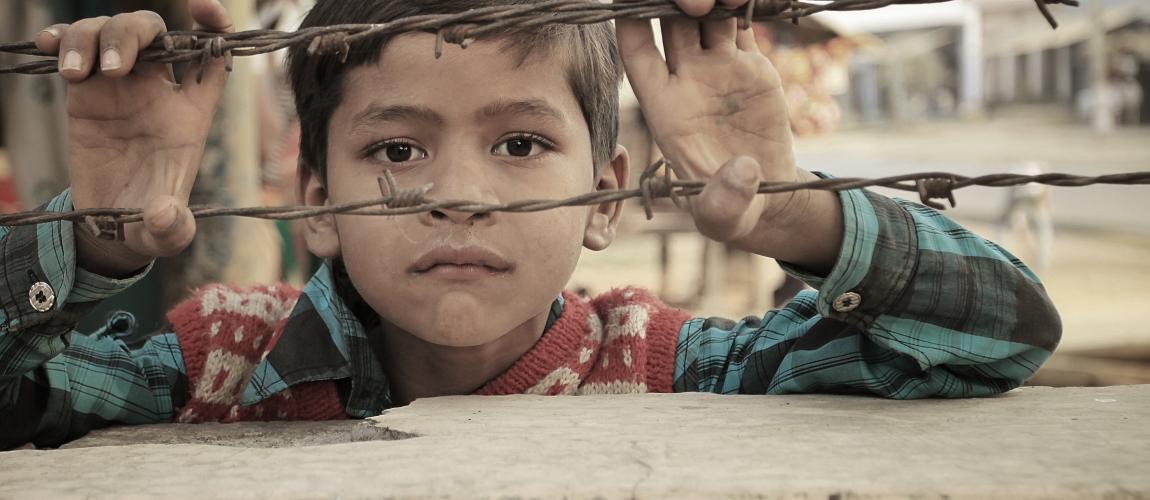Contractual examples supporting pro-poor service delivery

Photo Credit: Image by Kant Smith from Pixabay
Contracts may also be used to promote certain policy to support an enabling environment for pro-poor PPPs.
Find guidance notes, sample contracts and specific clauses of in-support of PPPs in service delivery for the poor below.
This document published by the Water, Engineering and Development Centre of Loughborough University, seeks to serve as a guideline to PPP practitioners to draft and design pro-poor concession and lease contracts in the water service sector. Sector 6 includes a detailed outline of a pro-poor concession contract. Clause Content Pro-Poor Impact Definitions Obligations of the provider It must be established the locations and extents of poor communities (and different characteristics) that are to benefit from the pro-poor provisions. Also, the division of responsibilities if there are areas where the service is provided directly or through subcontracts. It is included the extension of infrastructure and provision of appropriate levels of service in permanent low-income communities. Existing customers would usually receive individual supply. Poor customers could receive supply through other means such as yard taps, yard tanks, semi-pressure, and delivery tanks. In the case of underdeveloped infrastructure, the basis of permissible means of service delivery would be defined including through a subcontractor, or NGOs. Relations with independent providers should also be defined. Standards should be defined. Water quality should be uniform, but other elements may deviate with regard to the services to the poor. This should also be described. Performance targets for the poor should be included. Tariff and charges Future tariff increases and criteria for adjusting tariffs. Connection charges Tariffs changes that imply an increase and that have a direct impact upon poorer costumer must vetted (ideally by an independent third party, and taking into account the positive effects of the increased tariffs, such as any cross-subsidies for the poor). Connection charges may be subsidized or free This document explains the lessons learned from contractual arrangements with third parties for service provision, and ways to deliver improved management service in the water sector mainly in low income countries. It provides examples and different ways that would enable a practitioner to understand local needs and carve existing and new solutions accordingly. The document mentions some examples of protecting the interests of the poor, such as: This agreement provides the terms under which the drinking water supply is delivered to users by Camerounaise Des Eaux (leaseholder). In its Article 6 “Conditions for obtaining and executing a connection”, it is established that: This is a sample document of a Technical Annex for a Water Lease Contract. In the document it is established a specific provision (Provision 2.6 – New Water and Sewerage connections) that allows the contracting entity to indicate the number of new household connections to water and sewerage that the Operator must install yearly over the course of the contract. In the Table 1 - Goals and Minimum Standards that the Operator must comply with (Provision 2 – Service and Quality and Operation conditions), new water and sewerage connections in low-income areas are stipulated as Definitive Goals and Intermediate Goals. This sample agreement of a water and lease includes the possibility of including in the contract alternative water provision means such as standpipes and water kiosks; and indicates that whenever possible, the Operator shall subcontract local standpipe and kiosk management to standpipe agents and to communities. (Provision 23). Reference: AMADER-Cahier de Charges (Undated, 15 pages, in French). Technical Specifications to Concession Contract (Unofficial English translation) This is a detailed annex to a Mali rural energy concession document that allows a retail service provider to serve a specified community. It specifies minimum daily duration of the service and the requirement that voltage cannot fluctuate by more than 12% from the target level and frequency by more than 5 % from the target level. It also specifies the information that the concession holder must report to AMADER, the rural electrification agency in Mali. Article 21 specifies reporting requirements for the concession holder. Article 25 gives detailed formulas on how retail tariffs will be set. The tariff setting formula allows the concession holder to recover the costs of pre-financing the customer’s connection costs. The overall effect is that AMADER (a rural energy agency) functions both as a grant giving agency and a de facto regulator. For more information on Pro-Poor PPPs, visit Laws and Regulations Supporting Pro-Poor Services Delivery, Contractual Examples Supporting Pro-Poor Services Delivery, Other Mechanisms Supporting Pro-Poor Services Delivery or the section on Case Studies and Further Reading for additional resources.Examples Pro-Poor PPP Contracts:
Use of terms and abbreviations
Vocabulary such as ‘poor’, ‘services for the poor’ and ‘poor communities’ should be clearly defined to avoid ambiguity or confusion.
Service area and coverage: details in schedules; extent of service areas; timescales; targets.
Service performance in areas of developed and underdeveloped infrastructure
Performance Criteria – Water quality, pressure, continuity and connections
Updated:
Related Content
PPPs for the Poor
Type of ResourceKey Issues in PPPs for the Poor
Type of ResourceLaws and Regulations Supporting Pro-Poor Services Delivery
Other Mechanisms Supporting Pro-Poor Service Delivery
Type of ResourceCase Studies on Pro-Poor PPPs
Type of ResourceFurther Readings on Pro-Poor PPPs
Type of Resource
Additional Resources
Sub-national and Municipal PPPs
Type of ResourceRural Electrification Funds: Sample Operational Documents and Resources
Type of ResourcePublic-Private Partnerships Laws / Concession Laws
Type of ResourceWater & Sanitation PPPs
Type of ResourceRenewable Energy
Type of Resource